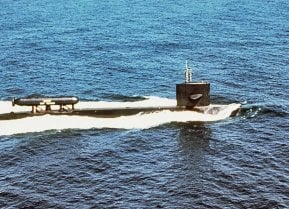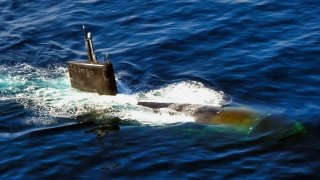'I Want to Go Home Early': That's Why Someone Set a Nuclear Submarine on Fire
The USS Miami (SSN-755), a Los Angeles-class nuclear attack submarine, was tragically lost due to an arson incident in 2012. Shipyard worker Casey James Fury set fire to the submarine, causing extensive damage that would have required up to $700 million for repairs, ultimately leading to her decommissioning and scrapping.
What You Need to Know: The USS Miami (SSN-755), a Los Angeles-class nuclear attack submarine, was tragically lost due to an arson incident in 2012. Shipyard worker Casey James Fury set fire to the submarine, causing extensive damage that would have required up to $700 million for repairs, ultimately leading to her decommissioning and scrapping.
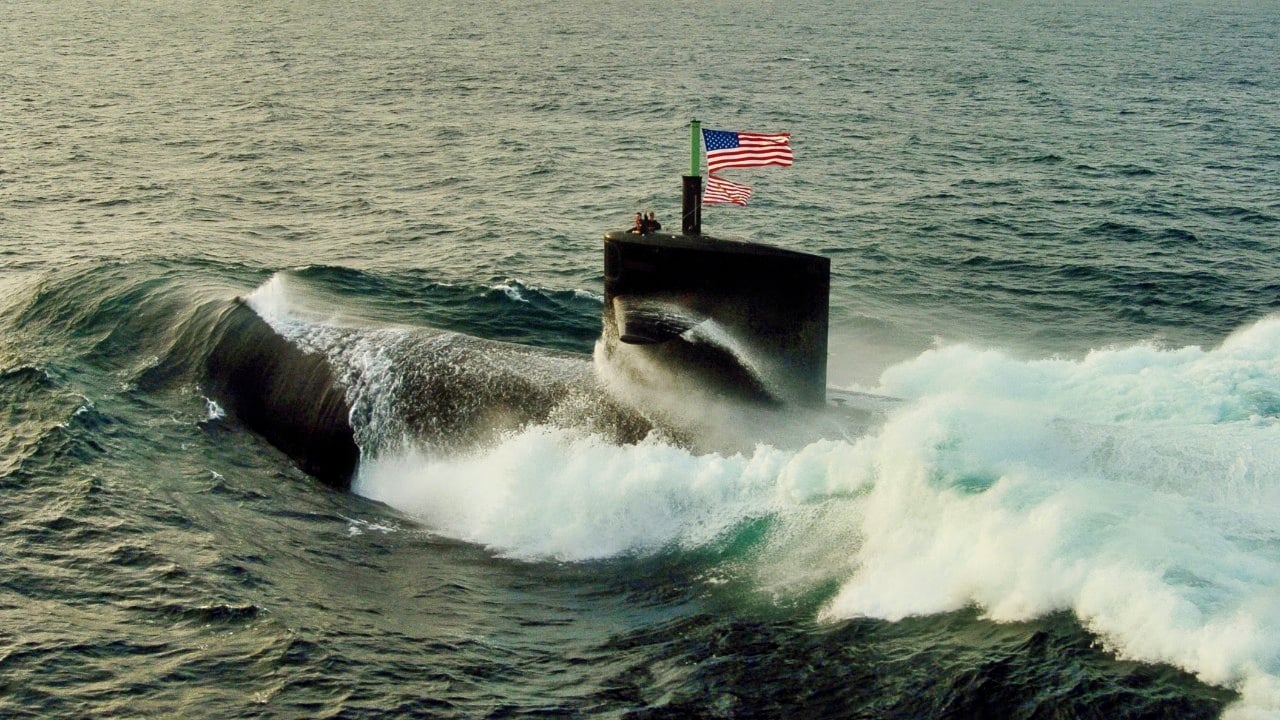
-Although the submarine's reactor remained unharmed, damage to living quarters, command systems, and the torpedo room was extensive.
-The Miami was officially decommissioned in 2014. In a fitting tribute, a future Virginia-class submarine, SSN-811, will carry on the Miami namesake, honoring the Magic City’s legacy in the Navy.
The Tragic Tale of USS Miami: A Nuclear Submarine Lost to Arson
Miami, Florida. The city which inspired American pop culture icons such as the “Miami Vice” TV series of the 1980s and 1990s, and Will Smith’s smash hit 1997 rap song “Welcome to Miami.”
The city is also home to the Miami Dolphins professional football team, the only NFL franchise of the Super Bowl era to have a perfect season (in 1972).
Speaking of the Miami Dolphins, it is the perfect segue, as the current topic at hand is a U.S. Navy (USN) Los Angeles-class nuclear-powered fast attack submarine (SSN) named USS Miami (SSN-755). Unfortunately, this USS Miami’s story is a tragic one, as she was a victim of an arson fire that was committed back in 2012.
USS Miami’s Early History and Specifications
USS Miami was built by the Electric Boat Division of General Dynamics in Groton, Connecticut. She was awarded on November 28, 1983, laid down on October 24, 1986, launched on November 12, 1988, and commissioned on June 30, 1990. Her motto was “No Free Rider, Everybody Rows!”
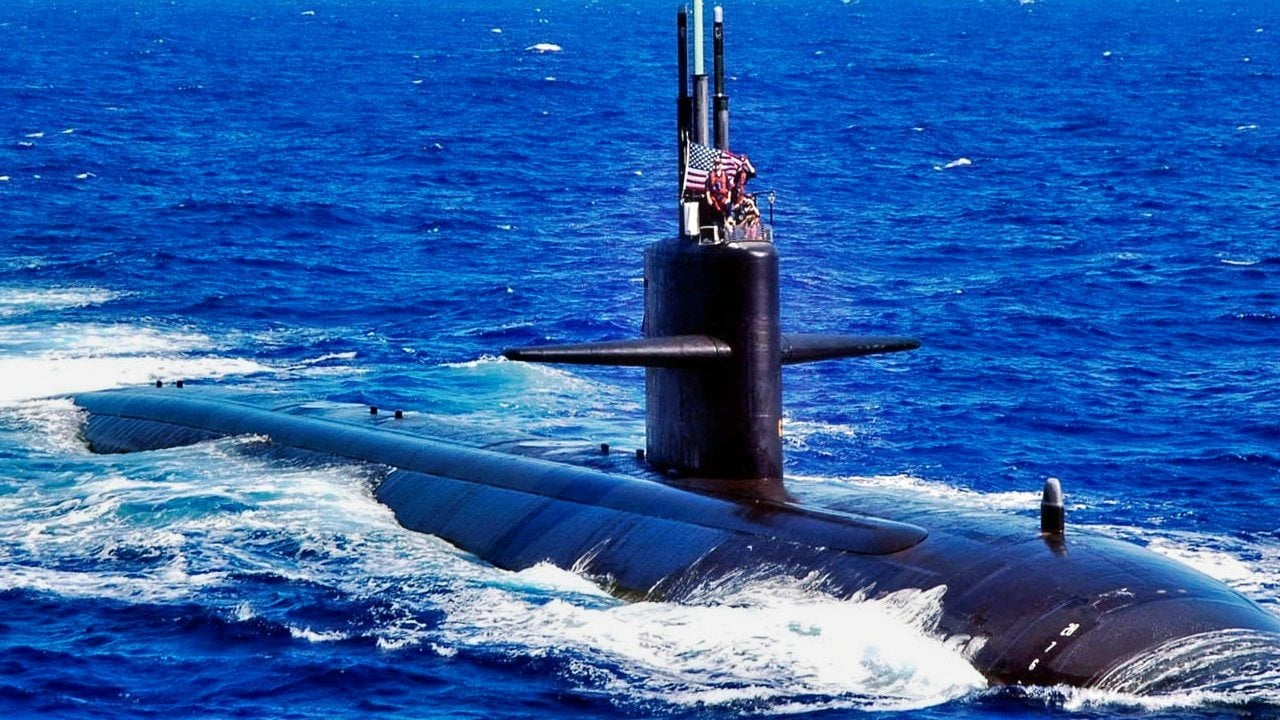
SSN-755 was the third USN vessel to be named after the City of Miami and the forty-fourth Los Angeles-class boat to be built and commissioned.
The boat had the following specifications and vital stats:
Displacement: 6,245 tons fully laden
Hull length: 361 feet 11 inches
Beam Width: 32 feet 10 inches
Draft: 30 feet 10 inches
Propulsion: General Electric (G.E.) S6G nuclear reactor
Max speed (fully submerged): twenty-five knots (46 kh/h; 29 mph) submerged
Crew Complement: twelve commissioned officers, 98 enlisted sailors
Test Depth: 1,480 feet
Armament: 4x MK 67 torpedo tubes, 12x VLS missile tubes
The Incident
The incident in question took place on May 23, 2012. As reported by my National Interest colleague Brandon J. Weichert, “[A] twenty-four-year-old civilian shipyard worker named Casey James Fury, set fire to the USS Miami, a nuclear-powered Los Angeles-class attack submarine. Fury’s reason for setting fire to the nuclear-powered sub? He just wanted to get home from work early. The crime occurred at the Portsmouth Naval Shipyard in Kittery, Maine.”
Such petty motivations for such a major crime.
Perhaps not surprisingly, Mr. Fury admitted to struggling with some personal mental issues. There was no indication that he was committing sabotage at the behest of any foreign nation-state or transnational terrorist group, though one can be sure that America’s adversaries weren’t in the least bit disappointed at the USN’s loss. Fury’s method for committing the act was simple and disproportionately cost-effective relative to the severe damage he ended up inflicting: he ignited a vacuum cleaner and rags in the forward compartment of the ship, which, in turn, led to a fire onboard fire so powerful it took a harrowing twelve hours to finally mitigate.
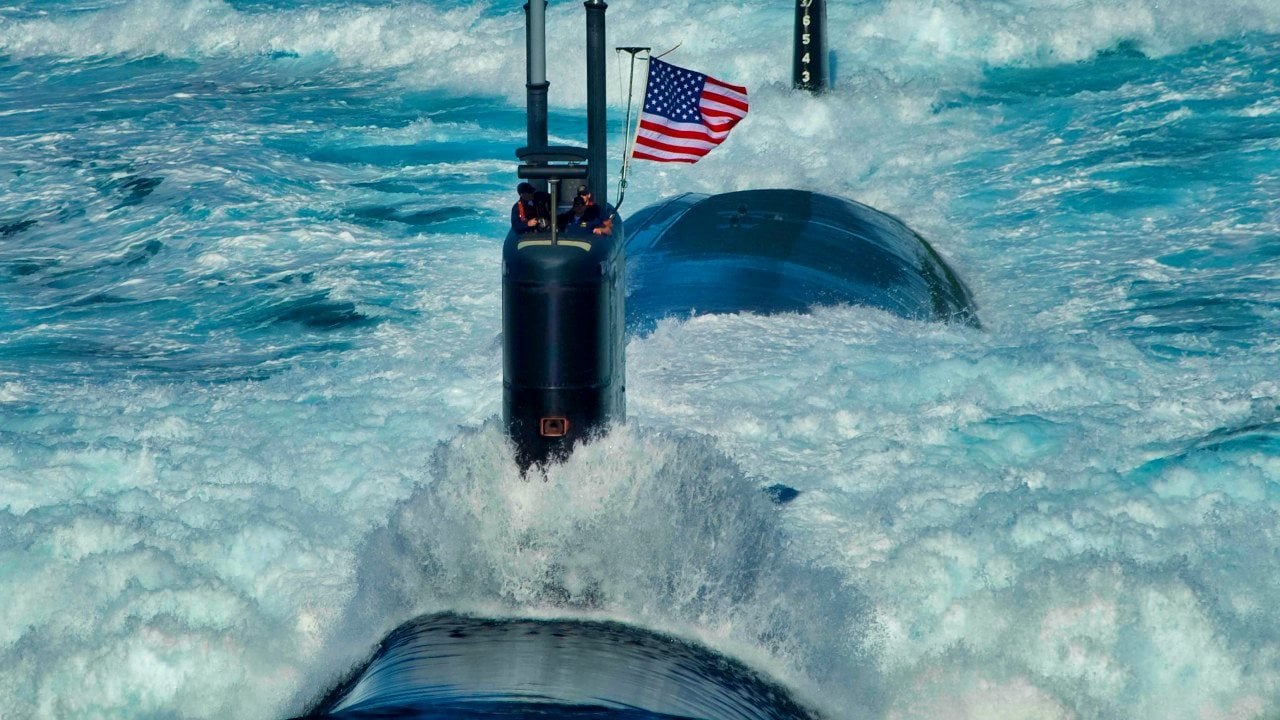
Fire severely damaged living quarters, the command & control (C2) center, and a torpedo room, but fortunately did not reach the nuclear propulsion components. Seven persons were injured in the effort to fight the fire. To add insult to injury, according to a recent Navy Times article, an official investigation revealed that complacency had made a bad situation even worse:
“‘Complacency had set in, based on the infrequency of shipyard fires and relative success of fire prevention measures,’ the report said. ‘Also, there was an assumption that the proximity to far more assets, especially federal firefighters, reduced the likelihood of a fire not being quickly contained. This organizational reluctance to prepare for a fire of this scale should serve as a wake-up call — large fires can and do happen in industrial environments.’”
As for the perpetrator, after confessing to his crime, Casey James Fury was sentenced to 17 years in prison and, per federal statutes, ordered to pay $400 million in restitution.
Where Is She Now?
Unlike another Los Angeles-class SSN, that being USS San Francisco (SSN-711) in 2005, the USS Miami unfortunately, was not repaired and able to return to fighting duty in the USN’s “Silent Service.” On 6 August 2013, Rear Admiral Rick Breckenridge, the USN’s then-director of undersea warfare, and now a retired vice admiral, announced the “heart-wrenching” decision to scrap the Miami after the estimate for repairs skyrocketed to $700 million from an original figure of $450 million.
This drastic jump in estimated repair cost resulted from the discovery of cracked pipes in areas not directly affected by the fire, along with the necessity of gutting and replacing all the equipment in the forward section of the vessel. As RADM Breckenridge was quoted in an NPR article published that week, “We just don’t have the money. It was a very, very challenging decision. It was heart-wrenching.’”
Accordingly, the Portsmouth Naval Shipyard was awarded a comparatively modest $54 million to scrap the submarine. Miami was officially decommissioned on March 28, 2014, and consigned to the nuclear Ship-Submarine Recycling Program.
Fortunately, the Miami namesake will still live on in the annals of the U.S. Navy. As Peter Seciu reported, “During the official kickoff concert for the inaugural Fleet Week Miami hosted by Blue Star Families, U.S. Navy Secretary Carlos Del Toro announced that the future Virginia-class nuclear-powered fast submarine SSN-811 will be named for the Magic City. “
About the Author
Christian D. Orr is a Senior Defense Editor for National Security Journal (NSJ). He is a former Air Force Security Forces officer, Federal law enforcement officer, and private military contractor (with assignments worked in Iraq, the United Arab Emirates, Kosovo, Japan, Germany, and the Pentagon). Chris holds a B.A. in International Relations from the University of Southern California (USC) and an M.A. in Intelligence Studies (concentration in Terrorism Studies) from American Military University (AMU). He has also been published in The Daily Torch , The Journal of Intelligence and Cyber Security, and Simple Flying. Last but not least, he is a Companion of the Order of the Naval Order of the United States (NOUS).
Image Credit: Creative Commons and/or Shutterstock.
